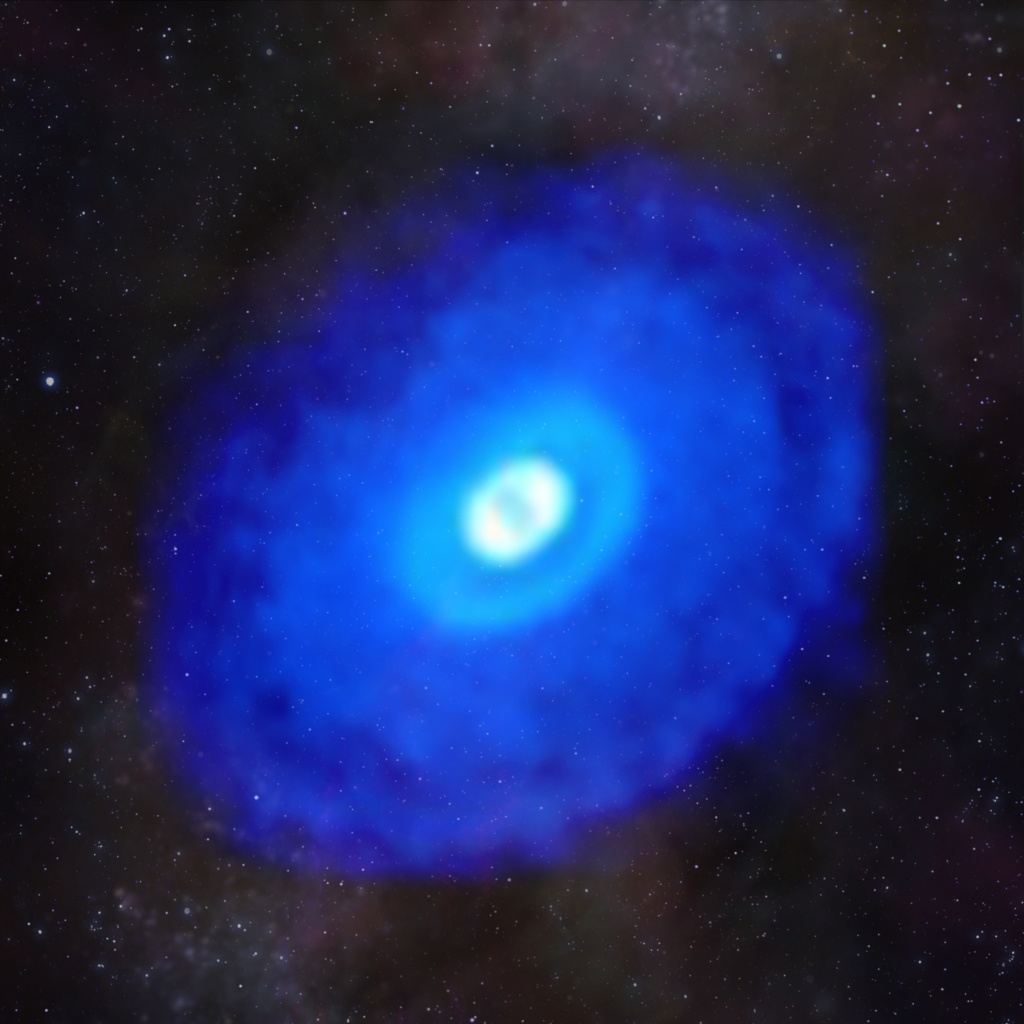Understanding the birth of a planet is a challenging puzzle. We know that planets form inside clouds of gas and dust that surround new stars, known as protoplanetary disks. But grasping exactly how that process works – connecting the dots between a dust cloud and a finished planet – is not easy. An international team of astronomers is attempting to unlock some of those secrets, and have recently completed the most extensive chemical composition mapping of several protoplanetary discs around five young stars. Their research allows them to begin to piece together the chemical makeup of future exoplanets, offering a glimpse into the formation of new alien worlds.
The study, nicknamed MAPS, was carried out using the Atacama Large Millimeter/submillimeter Array (ALMA) in Chile. Located at high altitude, in one of the driest deserts on Earth, ALMA has an excellent view of the stars with little interference from Earth’s atmosphere (of course, it has more interference than telescopes in space, like Hubble or the upcoming James Webb Space telescope, but nonetheless ALMA is well situated). ALMA’s specialty is in viewing light at submillimeter wavelengths, below what the human eye can see. At these wavelengths, ALMA is able to detect light given off from cold, dark areas of the Universe, including the protoplanetary dust clouds where planets are born. This capability enables researchers to see the chemical composition of these clouds in high resolution. In other words, ALMA can piece together the molecular building blocks of what will be future planets.
The chemical makeup of the clouds doesn’t just hint at the ingredients of future planets (and whether they might support life), but also suggests how and where within the disc planetary formation will take place. Protoplanetary discs aren’t uniform in composition – they have clumps of material unevenly spread throughout them, meaning that “planets in different disks or even in the same disk at different locations may form in radically different chemical environments,” explains Charles Law, one of the MAPS researchers.
MAPS has demonstrated that regions where gas giants are forming tend to be lacking in carbon, oxygen, and heavier elements, but have plenty of methane. On the other hand, inner solar system discs closer to their star seem to be carbon-rich. Viviana V. Guzmán, a MAPS co-Principal Investigator, explains, “we were able to observe the amount of small organic molecules in the inner regions of disks, where rocky planets are likely assembling…We’re finding that our own Solar System is not particularly unique, and that other planetary systems around other stars have enough of the basic ingredients to form the building blocks of life.”

Credit: M.Weiss/Center for Astrophysics | Harvard & Smithsonian
MAPS principal investigator Karin Öberg added, “one of the really exciting things we saw is that the planet-forming disks around these five young stars are factories of a special class of organic molecules, so-called nitriles, which are implicated in the origins of life here on Earth.”
With these findings, MAPS is starting to bridge the gap between dust clouds and planets, and helping us model what our own solar system might have looked like in its earliest stages. It’s an exciting time for those working to understand the early history of planets. The results will be published in an upcoming edition of The Astrophysical Journal Supplement Series.
The five stars studied by MAPS are: IM Lup, GM Aur, AS 209, HD 163296, and MWC 480.
Learn More: ALMA Reveals Carbon-Rich, Organic Birth Environments of Planets, NRAO
Featured Image: Star HD 163296 with hydrogen cyanide emission laid over a starfield. Credit: ALMA (ESO/NAOJ/NRAO)/D. Berry (NRAO), K. Öberg et al (MAPS)

